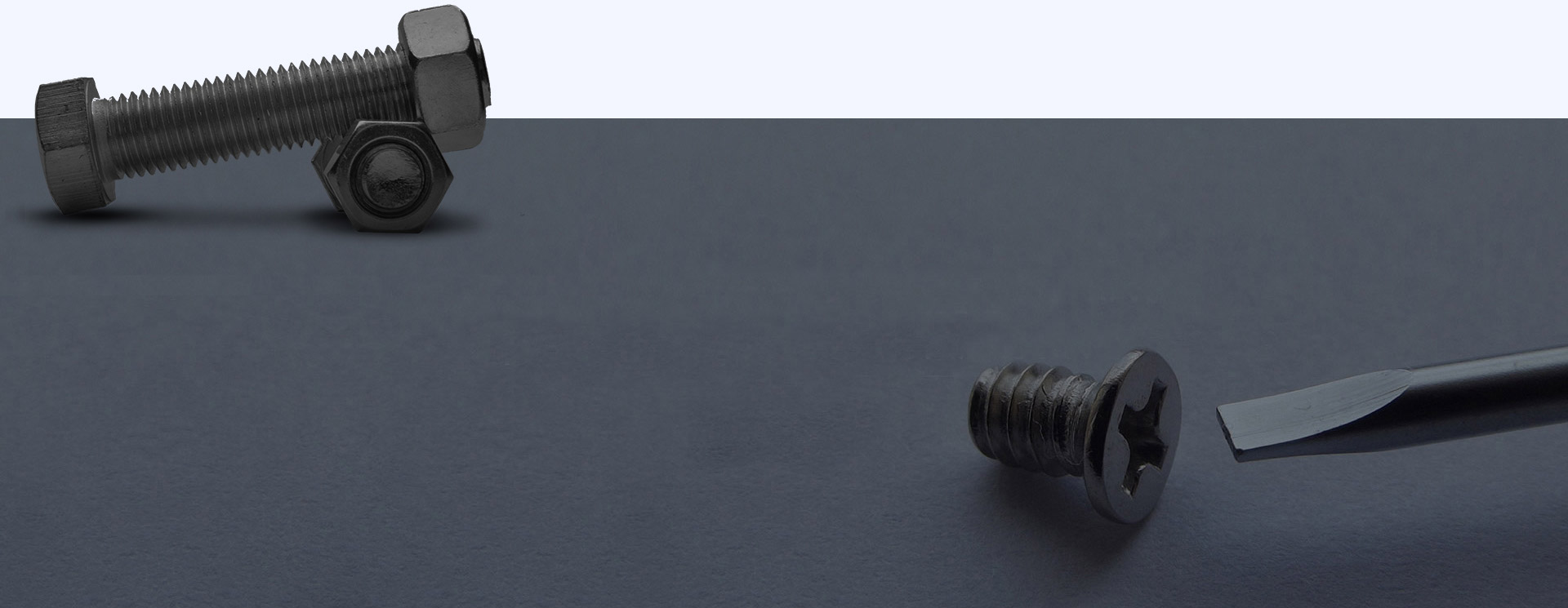
Nov . 10, 2024 23:26
Back to list
Pressure Control Skid Systems for Efficient Fluid Regulation and Management
The Importance of Pressure Regulating Skids in Industrial Applications
In the realm of industrial processes, maintaining optimal pressure levels is vital for ensuring the efficiency and safety of operations. This is where pressure regulating skids come into play. These engineered systems are designed to maintain and regulate pressure in various applications, making them indispensable in industries such as oil and gas, chemical manufacturing, and water treatment.
What Is a Pressure Regulating Skid?
A pressure regulating skid is a pre-assembled package that includes various components such as valves, gauges, piping, and instrumentation, all housed on a robust framework or skid. The primary function of these skids is to control the pressure of gas or liquid flowing through pipelines, ensuring that it remains within specified limits. They are designed for easy installation and transportation, allowing them to be deployed quickly in the field.
Benefits of Using Pressure Regulating Skids
1. Safety One of the key advantages of pressure regulating skids is the safety they provide. In high-pressure applications, any fluctuation can lead to catastrophic failures. Pressure regulating skids help mitigate these risks by consistently maintaining safe pressure levels, preventing equipment damage, leaks, or even explosions.
2. Efficiency By stabilizing pressure, these skids contribute to the overall efficiency of industrial processes. Consistent pressure means that machinery operates within optimal parameters, reducing wear and tear. This leads to lower maintenance costs and prolonged equipment lifespan.
3. Scalability Industries often face changing demands requiring adjustments in their operations. Pressure regulating skids can be tailored and scaled according to specific needs, making it easier for companies to adapt to fluctuating production rates or changes in raw materials.
4. Cost-effectiveness Investing in a pressure regulating skid can lead to substantial cost savings over time. The initial investment can be offset by reduced energy consumption, lower maintenance requirements, and decreased downtime resulting from pressure-related failures.
pressure regulating skid

5. Modular Design The modular nature of pressure regulating skids means they can be customized with various components as per the specific requirements of an application. This flexibility allows industries to incorporate advanced technologies such as automation and remote monitoring systems, enhancing control over their processes.
Applications of Pressure Regulating Skids
Pressure regulating skids are versatile and can be employed in numerous contexts
- Oil and Gas In the oil and gas sector, these skids are often used to maintain the pressure of natural gas as it flows from extraction sites to processing facilities. By ensuring that pressure remains within safe limits, the risks of blowouts or leaks are significantly reduced.
- Chemical Manufacturing Many chemical processes require precise pressure management to ensure product quality and to avoid dangerous reactions. Pressure regulating skids help maintain the necessary pressure levels in reactors, storage tanks, and pipelines.
- Water Treatment In water treatment facilities, pressure regulating skids are crucial for managing the pressure in different stages of the treatment process. They help ensure that water flows efficiently through filtration and purification systems, thus optimizing the overall treatment process.
Conclusion
In conclusion, pressure regulating skids play a critical role in a variety of industrial applications. Their ability to maintain safe and efficient operating pressures not only enhances the performance of machinery but also ensures the safety of personnel and the environment. As industries continue to evolve and demand greater efficiency, the importance of these skids will only continue to grow. The integration of advanced technologies and customization options will likely shape the future of pressure regulation, making these systems even more valuable in the coming years. Investing in high-quality pressure regulating skids can lead to safer, more efficient, and cost-effective industrial operations, underscoring their significance in modern industry.
Latest news
-
Safety Valve Spring-Loaded Design Overpressure ProtectionNewsJul.25,2025
-
Precision Voltage Regulator AC5 Accuracy Grade PerformanceNewsJul.25,2025
-
Natural Gas Pressure Regulating Skid Industrial Pipeline ApplicationsNewsJul.25,2025
-
Natural Gas Filter Stainless Steel Mesh Element DesignNewsJul.25,2025
-
Gas Pressure Regulator Valve Direct-Acting Spring-Loaded DesignNewsJul.25,2025
-
Decompression Equipment Multi-Stage Heat Exchange System DesignNewsJul.25,2025

